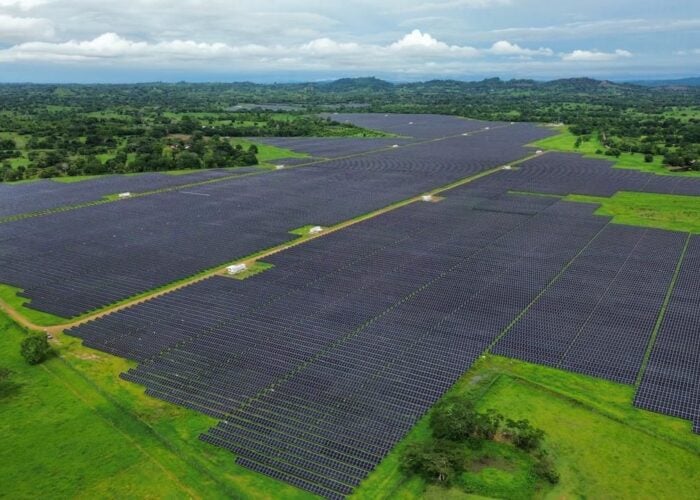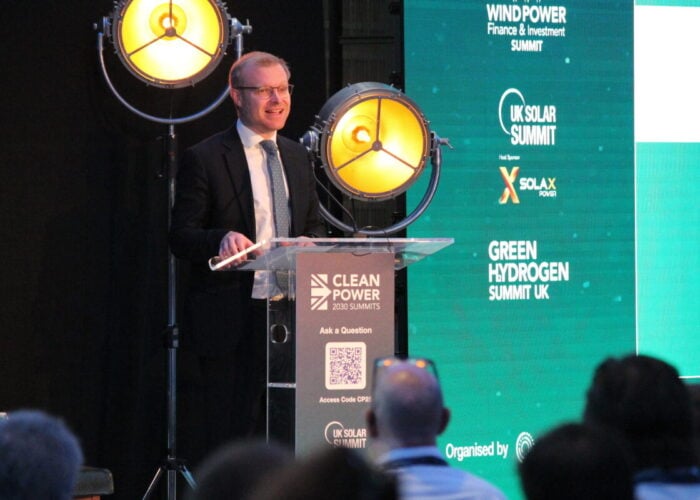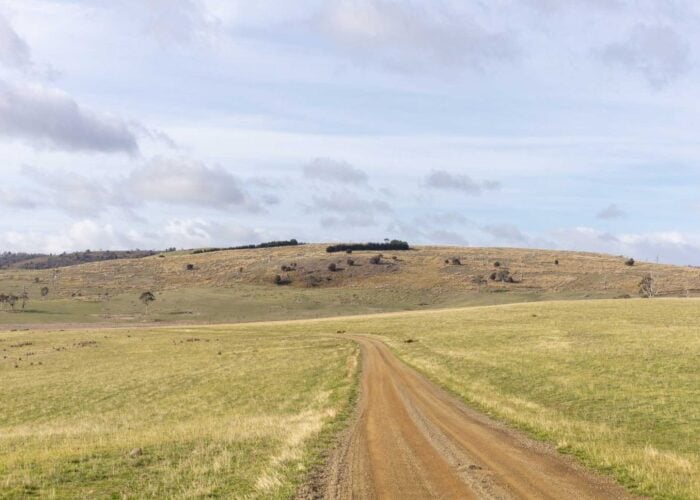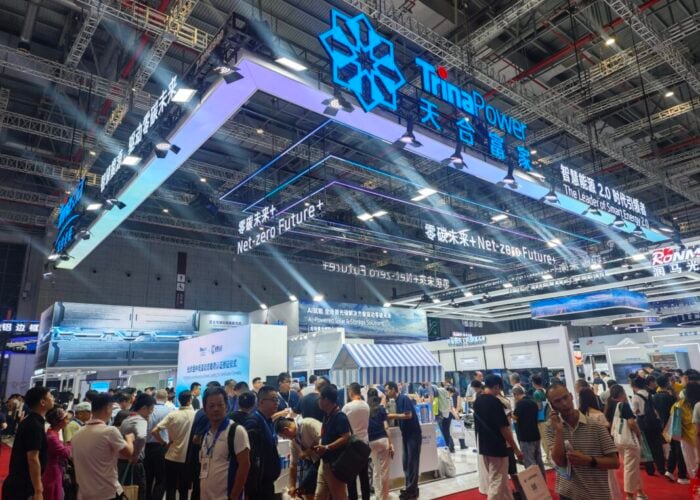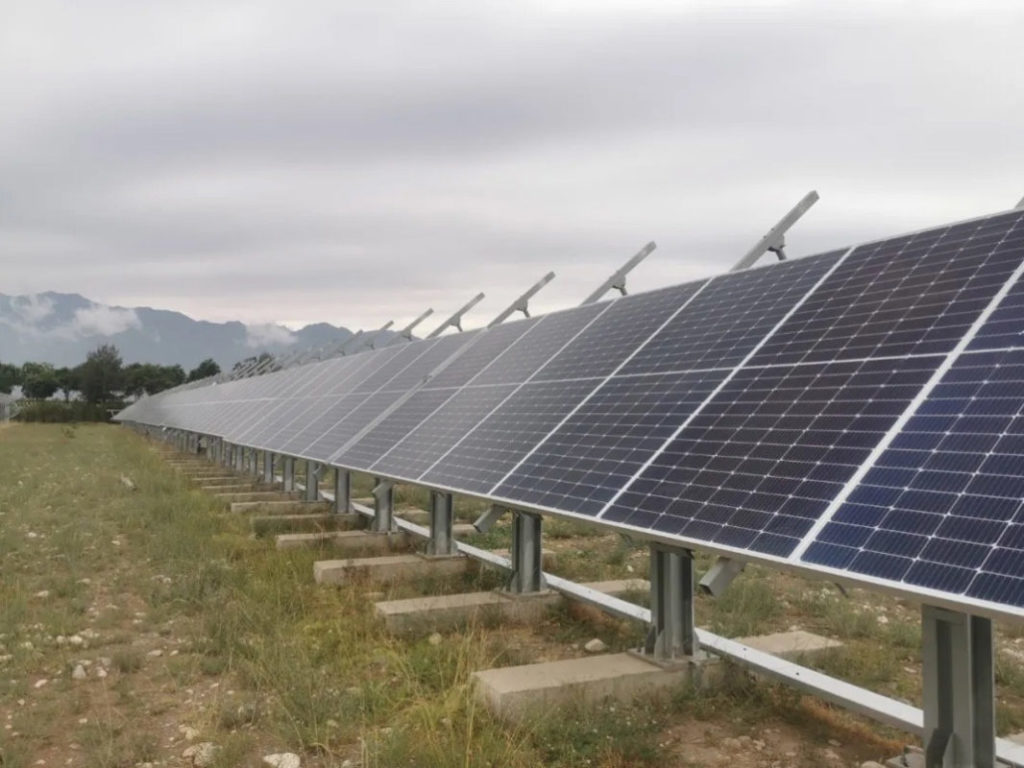
PV Tech sat down with Alastair Mounsey, Regional Sales Director at JA Solar, to talk about the transition to n-type tunnel oxide passivated contact (TOPCon) cells and modules, the state of the European solar market and what will define a successful PV manufacturer in the coming years.
Why TOPCon is arriving on the scene
“JA, like all the manufacturers at the top end, have put their stall out for TOPCon as the major technology for the next 18, 24 months or so,” Mounsey said in conversation with PV Tech at the Solar & Storage Live 2023 event last week in Birmingham. He clarified, though, that this two-year period was the manufacturing expansion roadmap for JA and the wider TOPCon transition, not the shelf life for the technology itself.
Unlock unlimited access for 12 whole months of distinctive global analysis
Photovoltaics International is now included.
- Regular insight and analysis of the industry’s biggest developments
- In-depth interviews with the industry’s leading figures
- Unlimited digital access to the PV Tech Power journal catalogue
- Unlimited digital access to the Photovoltaics International journal catalogue
- Access to more than 1,000 technical papers
- Discounts on Solar Media’s portfolio of events, in-person and virtual
“That’s the key ramp up, not just in terms of selling because it could go longer than that.”
He continued: “TOPCon is a well-balanced technology in terms of its cost of production and cost of factory setup, it’s balanced in terms of its usage because it’s good on the utility-scale looking at bifaciality and power, it’s good on the residential and commercial scale due to affordability and power.”
It’s also important to consider the background of industry work and knowledge on n-type TOPCon, Mounsey said, which makes it all the more desirable a technology for manufacturers to pursue.
“With PERC technologies we had to go through a process of learning about PID (potential-induced degradation) or LETID (light and elevated temperature-induced degradation), with n-type we’ve gone through a process of learning about water ingress and damp heat degradation, amongst other things.” This backlog of knowledge, as well as the relative ease with which PERC manufacturing equipment can be adapted to produce TOPCon, also adds a ‘plus’ to the technology.
“You have to pick a technology and go with it,” he said, and confirmed that JA Solar’s capacity for TOPCon production is “approaching 100GW, integrated. That includes modules, cells, wafers.”
Capacity for PV production in China, where most of JA Solar’s capacity is based, has grown at a rate of about 80% in July and August this year according to information from the Photovoltaic Manufacturing Industry Specification Conditions covered by PV Tech this month.
JA Solar’s European Plans
One development of note when discussing JA Solar’s shipment plans for the European market was an increase in utility-scale interest.
“The market is starting to have a larger share of utility-scale projects, both in Europe [generally] and for JA,” Mounsey said. “JA has traditionally been a distribution company as its main offering to the European market, but we’re seeing that we’re having more growth in the utility-scale side. That’s something we’ll focus on in the way we organise our sales process, especially as a lot of the larger energy majors, large national utility companies, often trust companies like JA Solar ahead of others, because of our capacity, our technology leadership and our cost profiles.”
Indeed, as of September 2022 JA Solar moved into the AAA category atop the pyramid of PV ModuleTech’s bankability report, as discussed in a blog at the time by PV Tech head of research Finlay Colville.
Regarding European manufacturing, Mounsey said that there was little to say other than that “We’re actively looking at…certain partnerships or sites in Europe.”
“Not just competing on price”
Mounsey echoed a sentiment that PV Tech heard at the Solar & Storage Live event from fellow manufacturer REC Solar: solar companies looking to succeed in Europe will need to set themselves apart on more than just competitive pricing.
In some respects this is nothing new, and ESG and Traceability are amongst the assessment criteria laid out in the above PV ModuleTech blog, but Mounsey framed the need for traceability and other non-financial offerings in the current, European market context.
“A key point is that the market didn’t quite grow as everyone thought it would [in the last year]”, he said, “that’s created a kind of temporary oversupply situation and maybe a bit of market saturation.
“As the cost came down in China, in Europe some of the buyers – faced with a market that stopped growing as quickly – backed away from some of the deals that they’d organised and that’s created a backlog at the wholesale, distributor and manufacturer side in terms of stock that should’ve gone through easily.”
Reports from Rystad Energy in July found that around 40GW of Chinese-made imported modules were backlogged in European warehouses, largely at the port of Rotterdam.
“I think the leading players will show themselves by being able to compete on cost and price by being integrated, so they can manage the lower price, and having a customer base who trust them,” he continued. “At this price level, you can only really survive if you’re integrated.”
Concerns over ensuring a sustainable European manufacturing ecosystem have been raised recently by the European Solar Manufacturing Council, which published an open letter to the EU calling for measures to safeguard the industry against an influx of low-priced Chinese modules that threaten the health of – generally smaller – European manufacturers.
“But those [big] players will have to distinguish themselves not by just competing on price, and maybe not even just on tech as well, “ Mounsey concluded. “We’ve got to go beyond price and tech and really think about the service level we’re giving to the client. That could be things like how you deal with your warranties, how you deal with your partners in a serious way or being ahead on traceability.”
Recent developments from the EU and its burgeoning Solar Stewardship Initiative (SSI) are coming to bear on the question of traceability. Two weeks ago, two committees adopted a draft regulation looking to ban all products that are exposed to forced labour from entering the EU market, and this week PV Tech has covered the first ESG standard issued by the SSI for its members in the solar industry.


